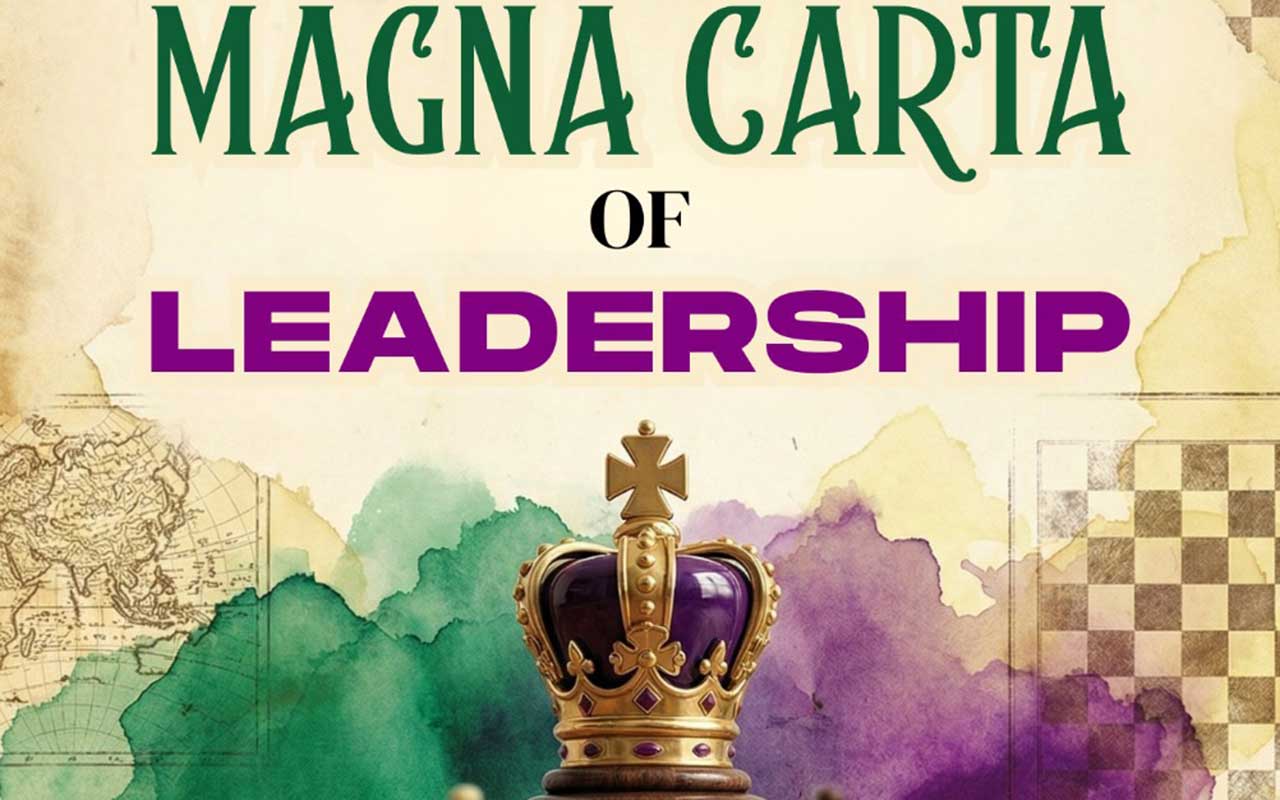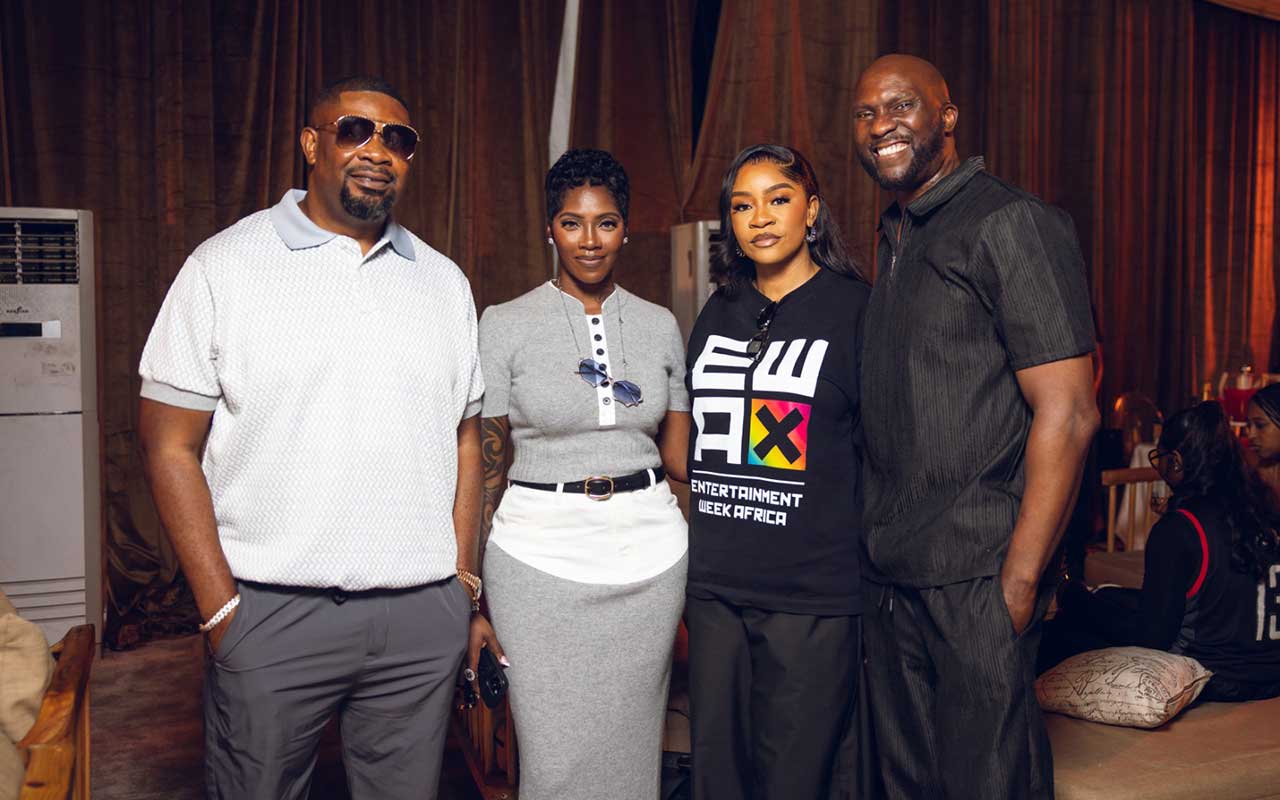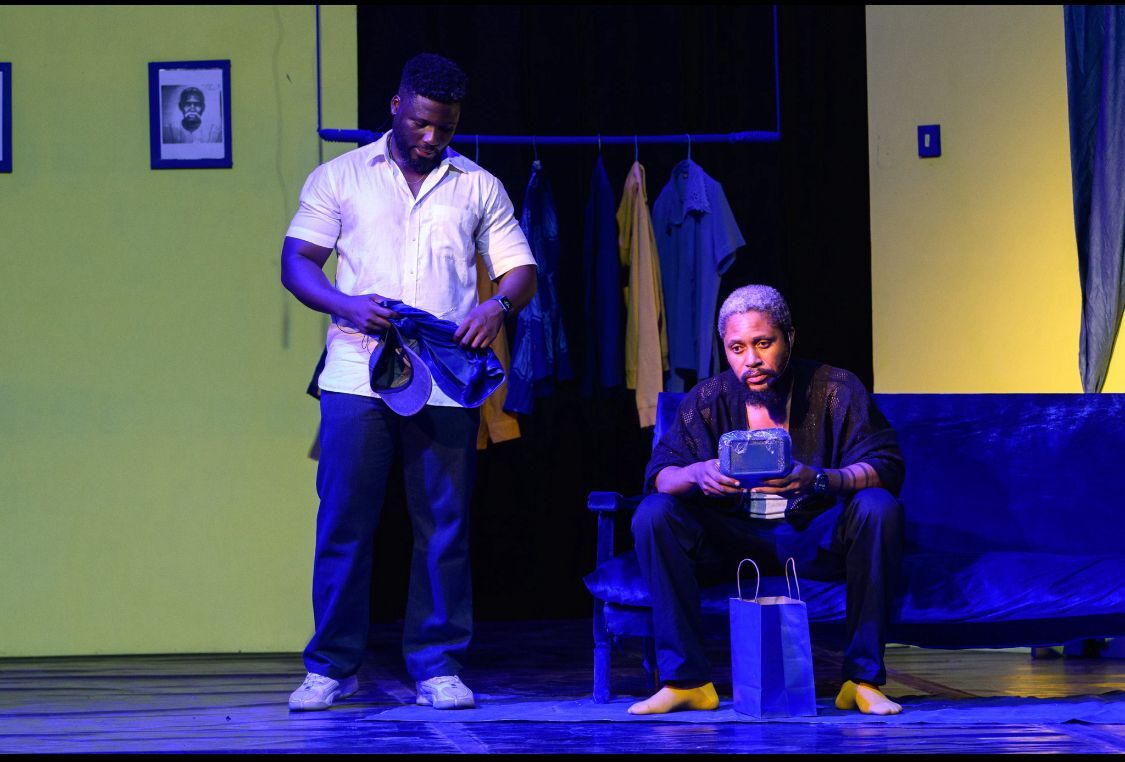Celebrated as ‘the colourists school’ for its products’ daring and dazzling polychromatic flair and exploits, the Auchi Polytechnic Art School needs no introduction on the contemporary Nigerian art scene.
Akinwale Onipede, in his Beauty in Togetherness, says, “the school is one of the major bastions of creativity, defining the effervescent Nigerian contemporary artscape.”
With generations of students since its establishment in 1973 as Mid-West Polytechnic, an offshoot of Mid-West Technical College, Benin, the school has since produced illustrious graduates/artists such as Edwin Debebs, Reuben Ugbine, Felix Idugie, Mike Omoighe, Olu Amoda, Peter Ighodaro, Sam Ovraiti, Tony Okujeni, Cheche Egbune, Emmanuel Ikoro, Olu Ajayi, Ben Osaghae, Ini Brown, Emmanuel Ekpeni, Zinno Orara, Pita Ohiwerei, Alex Nwokolo, Osahenye Kainebi, Lekan Onabanjo, Femi Williams, Stella Ubigho, Angela-Isiuwe Amami, and a host of others.
This August, the 1999 graduates of the school converge on Thought Pyramid Art Centre, Lagos, not only to celebrate the debut of “their signature annual exhibition series”, but as Auchi Art Royal: a name that reflects both their heritage and aspirations.
The show has been described as more than a visual feast, but a celebration of heritage, a reaffirmation of the power of collaboration, and a bold declaration of what is possible when artists grow together and hold one another accountable to elite performance. The show, which opens on August 10 and ends 23, 2025, is titled, 1499 Art Force. It comes with the artistic journey, marked by unity and unflinching commitment to excellence.
With a mission to contribute meaningfully to the Nigerian and global art landscape through yearly exhibitions, workshops, and art events, the group is committed to promoting creativity, cultural heritage, and artistic innovation.
“We successfully registered Auchi Art Royal as an official artist collective with the Corporate Affairs Commission of Nigeria. As part of our growth strategy, we launched a signature yearly exhibition series, titled, 1499 Art Force, representing our 14 members and the year they graduated,” the group said in a statement.
Following their graduation in 1999 and fulfilling National Youth Service Corps (NYSC) obligations, they made efforts to regroup in Lagos—the epicenter of Nigeria’s art scene. Although it was a challenge at the time owing to the absence of social media and limited access to communication tools, a few of them managed to reconnect. This led to their first group show in 2003, titled, Kindred Spirit, held at the National Museum, Lagos.
The show, which featured Ola Balogun, Dudu Emmanuel, and Titus Agbara, was a resounding success. In 2007, after four years of meticulous planning, “we held our second exhibition, Free Style, at the Harmattan Gallery, Lagos. This exhibition included more members and further solidified their presence in the Nigerian art scene. Participating artists were Agbara, Emmanuel, Imhonigie Imoesi, Joe Nsek, Franklyn Enebeli and Nosa Osadolor.
Three years later, in 2010, they organised another exhibition, titled, Intrinsic, at the African Artists’ Foundation (AAF), Lagos. This show marked a significant moment for the group as they welcomed additional members, expanding their creative reach. The exhibiting artists included Asuku Musa Momoh, Emmanuel, Imoesi, Agbara, Nsek, Enebeli, Titus, Balogun and Klaranze Okhide.
In 2024, the group celebrated its 25th anniversary with a major group exhibition, titled, Constellation, at Iwalewa Gallery, Lagos. This landmark event featured all 14 members, officially marking the complete formation of the group.
“It is a true honour that Thought Pyramid Art Centre, Lagos has been selected as the first gallery to host this newly rebranded collective,” stated Founder and Artistic Director, Olorogun Jeff Ajueshi. “We are particularly proud to host ‘1499 Art Force’ not only because each of the 14 exhibiting artists is a celebrated figure in today’s contemporary Nigerian art scene, but because of the values they embody—values we have also championed for the past 18 years: unity, creative brilliance, and cultural continuity.”
Ajueshi explained that the title of the exhibition—1499 Art Force— merges the group’s graduation year (1999) with the number of its members (14), symbolising both the strength of their bond and the collective creative force they wield.
He hopes that as viewers move through the exhibition, they will encounter not just masterful techniques and seasoned styles, but a palpable sense of class and timeless grace reminiscent of royalty—befitting for a group now aptly named Auchi Art Royale.
And being a gallery that has long committed itself to supporting visionary talents and nurturing platforms that foster collective growth, Thought Pyramid, according to Ajueshi, find deep joy in presenting the exhibition. He hoped that the exhibition will inspire the next generation of artists—particularly undergraduates and recent graduates—to build lasting camaraderie, champion mutual progress, and reinforce the value of our academic institutions in nurturing artistic potential.
Dudu Emmanuel’s penchant for detailed figural rendering is expressed in muted hues, and with great attention to the lyrical flow and design of the picture space. He says: “Contested Territories explore the conflict between urban expansion and wildlife survival. As natural habitats are cleared, animals are displaced, ecosystems are disrupted, and biodiversity is threatened. The series highlights these struggles some animals perish, some flee, others adapt-emphasising the urgent need to protect our environment for the survival of all life.”
Enebeli’s bold and imaginative paintings engage cubic forms and spatial rendition, deliberately sacrificing pictorial depth and the third dimension for surface tonal allure and design aesthetics.
Igba epitomises the Auchi School’s rainbowishness in his figure and landscape paintings, which have a soothing therapeutic aura. His sparkle in the paintings holds the promise of greatness with sustained practice.
Nsek’s surreal beauty and decorativeness affirms the current creative tendencies in the
Auchi identity.
John Anabui’s relief sculptures reveal an assemblage of intricate shapes, textures, and forms of discarded tree barks that was originally meant to serve as fuel for making fire for cooking. His idea stems from his passion for environmental conservation, as burning of wood in open air often have negative impact on the air quality, climate, and ecosystem.
Asuku’s flaming hues and the usual calming down of their fieriness with cool colours hint at an artist capable of navigating and harnessing beauty from extremities and uncommon depths.
Osadolor’s eyes for details, subtlety of tones and natural disposition to figural composition based on everyday preoccupations, are capable of endearing him to regular art lovers.
According to Onipede, “Balogun’s subdued colours, faceless figures and textual declarations in his paintings are expressions in self-worth, assertiveness and activism, more so in the present era of rejuvenated Black and African nationalism.”
He adds, “Oisereme’s multimedia sculptures in wood, metal assemblage and bronze, portray the grand beauty of the African woman.”
Lastly, Agbara’s landscape painting is done in the best tradition of the genre. His installation of assorted paintings, titled, The Journey, is more mystifying than it is autobiographical.
Onipede concludes, the “1499 Art Force” show points to the different stylistic and ideological tracks in which they have worked in the last quarter of a century.






